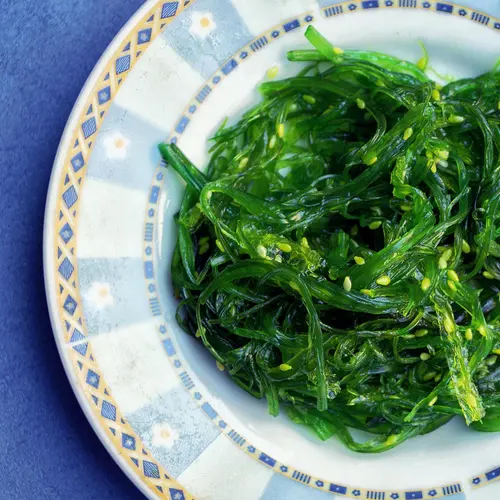Going gluten-free? You'll need a little know-how to figure out which foods you need to avoid.
You probably know that gluten -- a protein -- is in anything made from wheat, rye, or barley. But did you know it's also in some less obvious products, such as lunch meats and soy sauce?
Here's what to look for.
Gluten Ingredients
First, check the ingredient label for wheat, barley, and rye.
Next, look for some of the other things you might see on an ingredients label that signal gluten.
"Reading the ingredients label on the foods you buy and knowing what to look for are the keys to identifying and avoiding gluten," says Shelley Case, RD, author of Gluten-Free Diet: A Comprehensive Resource Guide.
Case's book lists these items:
- Barley (flakes, flour, pearl)
- Breading, bread stuffing
- Brewer's yeast
- Bulgur
- Durum (type of wheat)
- Farro/faro (also known as spelt or dinkel)
- Graham flour
- Hydrolyzed wheat protein
- Kamut (type of wheat)
- Malt, malt extract, malt syrup, malt flavoring
- Malt vinegar
- Malted milk
- Matzo, matzo meal
- Modified wheat starch
- Oatmeal, oat bran, oat flour, whole oats (unless they are from pure, uncontaminated oats)
- Rye bread and flour
- Seitan (a meat-like food derived from wheat gluten used in many vegetarian dishes)
- Semolina
- Spelt (type of wheat also known as farro, faro, or dinkel)
- Triticale
- Wheat bran
- Wheat flour
- Wheat germ
- Wheat starch
These other ingredients may be less familiar to you, but they also contain gluten:
- Atta (chapati flour)
- Einkorn (type of wheat)
- Emmer (type of wheat)
- Farina
- Fu (a dried gluten product made from wheat and used in some Asian dishes)
Gluten Foods
Double-check the ingredients label on these items, as they're possible sources of gluten:
- Beer, ale, lager
- Breads
- Broth, soup, soup bases
- Cereals
- Cookies and crackers
- Some chocolates, some chocolate bars, licorice
- Flavored coffees and teas
- Imitation bacon bits, imitation seafoods
- Medications (check with your pharmacist)
- Pastas
- Processed foods
- Salad dressings
- Sausages, hot dogs, deli meats
- Sauces, marinades, gravies
- Seasonings
- Soy sauce
Gluten-free foods have become much more common, so you can probably find a version that does work for you. Even communion wafers now come in gluten-free versions.
Tips to Going Gluten-Free
When Katie Falkenmeyer of Sherrill, NY, decided to go gluten-free, the learning curve in front of her was a little daunting. Figuring out which foods were really gluten-free wasn't easy. But after a few trips to the grocery store -- and with the support of her nutritionist -- identifying gluten on an ingredient list is now second nature.
"It took time -- and a lot of ingredient label-reading -- to figure out what foods were gluten-free," Falkenmeyer says.
She and Case offer these tips:
- Work with a registered dietitian. A dietitian can help you make sure you get all the nutrients you need and totally eliminate gluten, Case says.
- Take your time. Trips to the grocery store might take longer when you first go gluten-free. Plan on spending extra time reading the labels and educating yourself on the key words that signal a gluten ingredient, Falkenmeyer says.
- When in doubt, ask. Call food companies to find out if their products include gluten, or the steps they take to make sure their products are gluten-free, Case says.
- Watch the cost. Gluten-free products might be a little more expensive than food with gluten, Falkenmeyer says. Bargain shopping and coupons can come in handy.
- Ask your pharmacist to find out if your medications contain gluten. If they do, ask your doctor about alternatives.
Everyday Items You Don't Have to Worry About
The good news is that gluten isn’t everywhere, especially once you move beyond the kitchen.
"One of the most common myths out there about gluten is that it’s an ingredient in envelope glue," Case says. "But an analysis of the largest envelope manufacturers in the U.S. showed this isn't true: Envelope glue is made from cornstarch, and is gluten-free." You also don't need to worry about beauty care products, such as shampoo or lotions, that you don't swallow, Case says.

